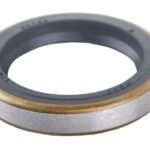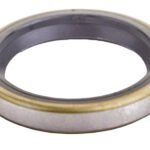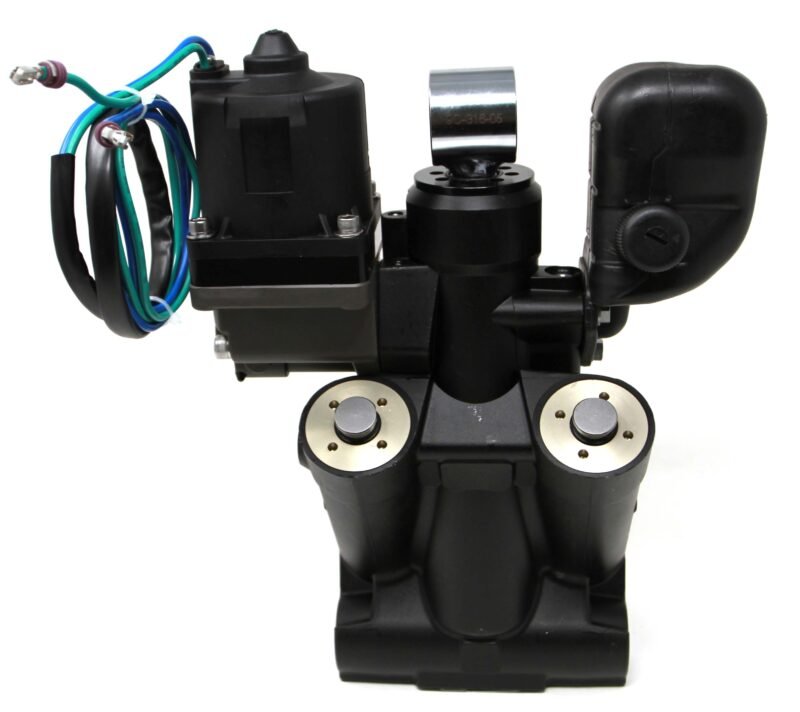
SEAL, PROPSHAFT V4 CASE
February 21, 2024
PROPSHAFT SEAL, 800 SERIES, 1 1/4″ SHAFT
February 21, 2024
Description
- Sealing Function: The primary function of an oil seal is to create a barrier between two parts of a machine or system to prevent the leakage of oil or lubricants from one area to another. This helps maintain proper lubrication and prevents contamination of surrounding components.
- Material Composition: Oil seals are typically made from rubber or elastomeric materials, such as nitrile rubber, silicone rubber, or Viton, which are chosen for their flexibility, durability, and resistance to various fluids and temperatures.
- Design: Oil seals are designed with a lip or sealing edge that fits tightly against the rotating shaft or housing, creating a seal to prevent fluid leakage. They may also feature additional spring-loaded elements to maintain constant pressure against the sealing surface.
- Installation: Oil seals are installed in a housing or bore within the machine or system, with the sealing lip facing the direction of the fluid to be contained. Proper installation is essential to ensure effective sealing and prevent premature wear or damage.
- Pressure and Temperature Resistance: Oil seals are designed to withstand a wide range of pressures and temperatures encountered in different operating conditions, ensuring reliable performance under varying circumstances.
- Applications: Oil seals are used in a wide range of machinery and automotive applications, including engines, transmissions, axles, pumps, and hydraulic systems, among others, wherever there is a need to prevent fluid leakage.
- Maintenance: Regular inspection of oil seals is important to detect signs of wear, damage, or leakage. Damaged seals should be promptly replaced to prevent fluid loss and potential damage to surrounding components.




